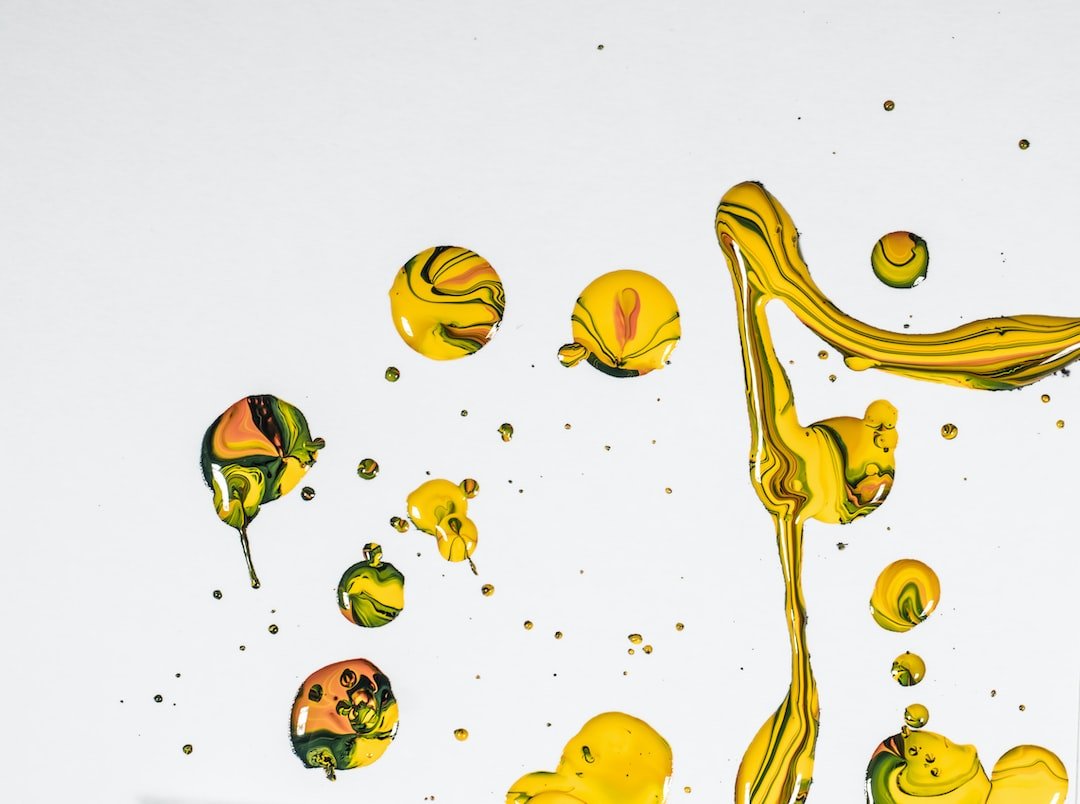The Power of Public Murals in Transforming Communities
In recent years, public murals have become a vibrant and powerful means of artistic expression. These large-scale artworks, found on the walls of buildings and in public spaces, have the ability to transform communities in profound ways. From brightening up drab urban landscapes to creating a sense of identity and cultural pride, public murals are more than just decorative artworks – they act as catalysts for change and unity.
One of the most significant impacts of public murals is their ability to revitalize neglected areas. Many urban environments suffer from dilapidated buildings and disengaged communities. However, when a mural is painted on a previously derelict wall, the impact is immediate. Suddenly, what was once an eyesore is transformed into a vibrant and engaging piece of art. Passersby stop to admire the mural, take pictures, and engage with the artwork. In this way, public murals breathe new life into neglected spaces, reinvigorating local economies and attracting visitors to explore once forgotten neighborhoods.
Beyond aesthetic transformation, public murals also have the power to cultivate a sense of pride and identity within a community. Often, these murals reflect the stories, history, and cultural heritage of the area they inhabit. They can celebrate local customs, showcase influential figures, or depict historical events. By connecting residents to their roots and highlighting the unique aspects of their community, these murals foster a sense of belonging. People feel proud of their neighborhood and appreciate the representation of their cultural heritage. In this way, public murals foster unity, as they bring people together under a shared sense of pride and belonging.
Public murals also serve as powerful agents of social change. Artists have the ability to use their art as a vehicle for raising awareness and sparking conversations about important social issues. Murals addressing topics such as racial inequality, environmental degradation, or women’s rights can prompt viewers to reflect on these issues and potentially take action. By presenting such topics in a large and public manner, these murals make it impossible to ignore the challenges faced by certain marginalized groups or the need for systemic change. Through their bold and thought-provoking visuals, public murals become catalysts for social dialogue and activism.
Moreover, public murals have the potential to engage and inspire local youth. Many communities struggle with high rates of youth disengagement, lack of educational opportunities, and limited creative outlets. Public murals, however, can provide a much-needed platform for artistic expression and youth empowerment. By involving young artists in the creation of murals, communities give them the opportunity to contribute their creativity and skill to a project that directly impacts their surroundings. This involvement not only fosters a sense of ownership and pride, but it also encourages artistic development, builds confidence, and helps to counteract negative influences that often target disengaged youth.
In conclusion, the power of public murals in transforming communities is undeniable. These large-scale artworks revitalize neglected spaces, foster a sense of pride and belonging, spark social change, and engage and inspire local youth. From overlooked alleys to bustling city centers, public murals play a central role in shaping the identity, character, and vibrancy of our communities. As cities and communities continue to recognize and harness this power, the future is bright for the transformative influence of public murals.

